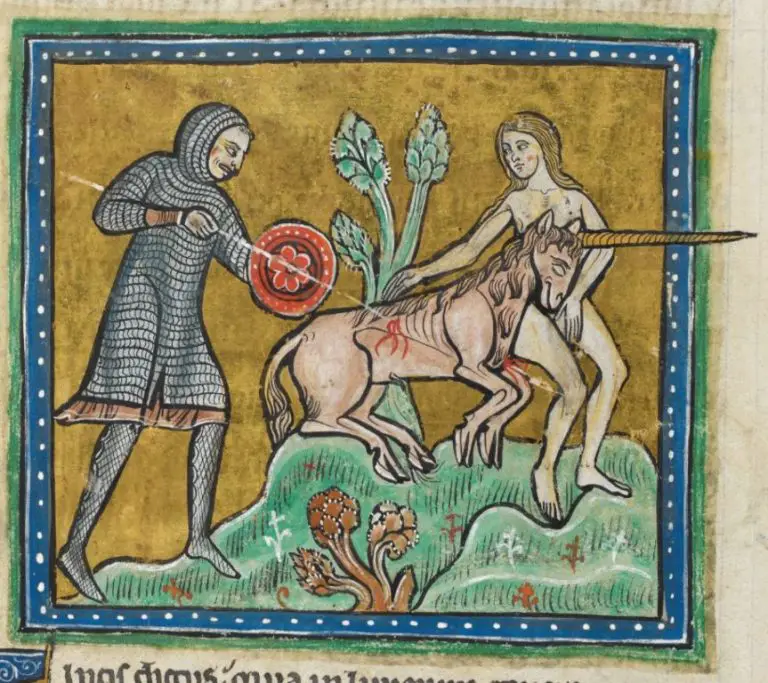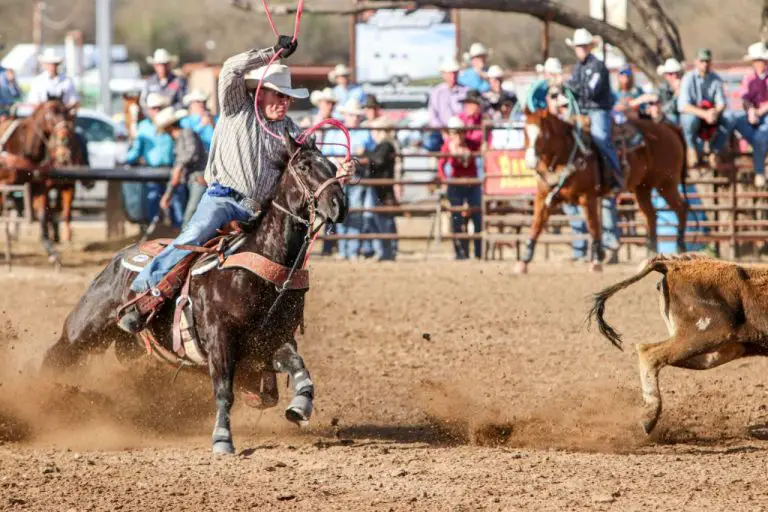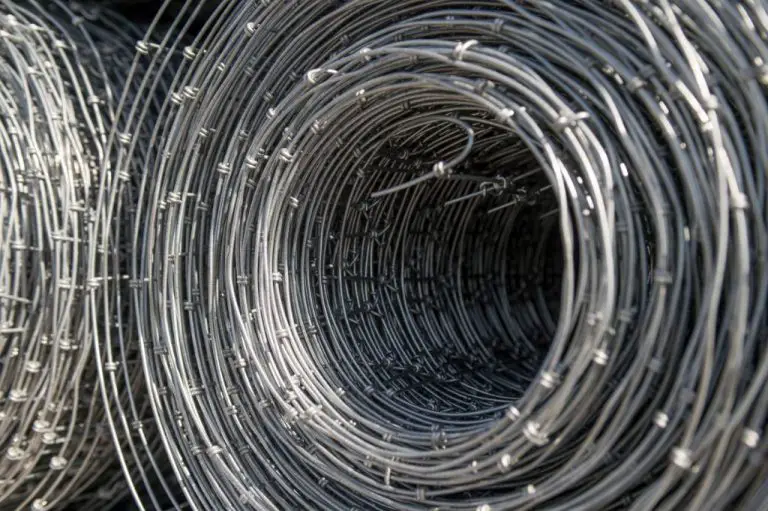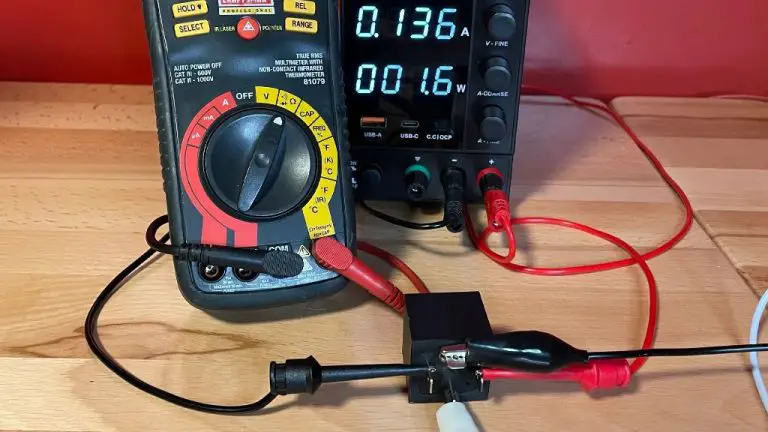What Is The Difference Between A Mop Brush And A Hake Brush?
A mop brush and a hake brush are two common types of watercolor brushes with distinct differences. Mop brushes are made of soft hairs from an animal, usually ox, goat, or pony, that are arranged loosely on a handle. This creates a soft, rounded brush that can hold a large reservoir of paint and water. Mop brushes create soft, diffused strokes and are often used for washes and wet-on-wet techniques.
Hake brushes, in contrast, have stiff, thick bristles made from materials like nylon or synthetic taklon fibers. The bristles are arranged in tight clumps on a wooden handle, resulting in a brush with a flat, angled shape. Hake brushes can hold less pigment but create sharper, more defined strokes. They are commonly used for precise techniques like glazing and lifting color.
History
Both mop brushes and hake brushes have a long history tracing back to ancient Japan. The earliest known documentation of hake brushes was in a book called “Wamyō Ruijushō” written in 923 AD during the Heian Period of Japan (https://unobrush.jp/en/edo-brush/). Hake brushes were traditionally used for Japanese calligraphy and painting. Mop brushes likely originated from early versions of hair brushes used for cleaning. By the 1800s, mop brushes were mass produced and used for cleaning floors and other household surfaces.
While hake brushes maintained their artistic focus, mop brushes evolved into a more utilitarian cleaning tool. Traditional Japanese hake brushes were handcrafted and used high quality materials like animal hair. In contrast, early mop brushes were made from materials like cotton yarn that were cheaper and allowed mass production. Over time, the different brushes became specialized for their distinct purposes of art versus cleaning.
Materials
Mop brushes and hake brushes can be made from a variety of materials, each with their own characteristics:
Natural Bristles – The most common materials for mop brushes are natural bristles like hog bristle or horsehair. These tend to be soft and flexible, able to conform to surfaces. However, natural bristles can be prone to shedding.
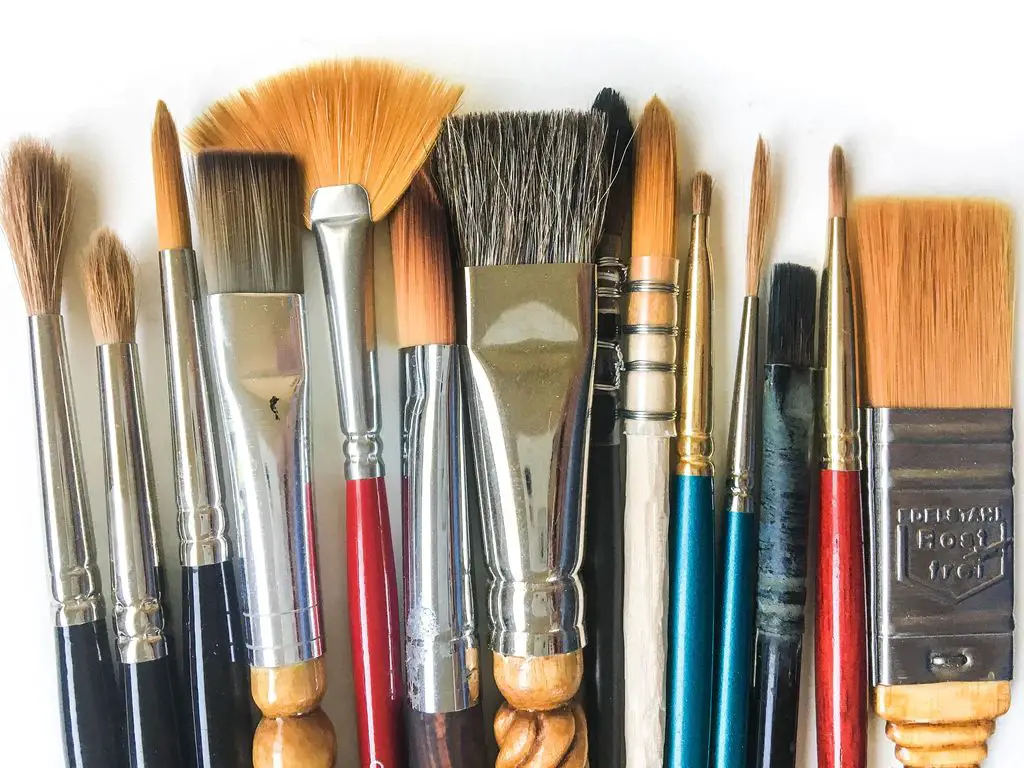
Synthetic Bristles – Many mop brushes now use synthetic materials like nylon, polyester, or acrylic. These are more durable than natural bristles and less prone to shedding. However, some find synthetics less soft.
Blended Bristles – Some mop brushes combine natural and synthetic bristles to get the best of both worlds. The natural bristles provide softness while the synthetics add durability.
For hake brushes, the most common materials are natural bristles like goat hair or squirrel hair. These provide soft, flexible bristles good for delicate work. Synthetics are less common but can provide added durability.
In general, natural bristles are better for conforming to surfaces but shed more, while synthetics are more durable yet can be stiffer. Considering the intended use and needed performance can help determine the right material.
Size
Mop brushes and hake brushes tend to come in different size ranges. Mop brushes are generally much larger, with head sizes ranging from 4-24 inches wide. Hake brushes on the other hand tend to be smaller, with head sizes between 1-3 inches wide typically.
The different sizes allow each brush to serve unique purposes. Large mop brushes can cover more surface area and are useful for applying varnish, paints, and other finishes to floors or walls. Smaller hake brushes give the artist more precise control and are commonly used for detailed painting tasks.
Shape
Mop brushes tend to have a wide, flat shape to maximize the surface area that contacts the floor. The bristles are arranged in a straight line to aid with cleaning flat surfaces. Mop brush heads are typically rectangular or trapezoid shaped.
Hake brushes have a flared shape, with a wider belly and tapered edges. This allows the bristles to hold more paint and provides versatile brush strokes. Hake brushes can be oval, square, or flat shaped. The bristles are arranged in a fan-like shape to enable both broad brush strokes as well as detailed work.
Bristles
Bristles are a key difference between mop brushes and hake brushes. Mop brushes tend to have thicker, coarser bristles that are tightly packed together in high density. This allows mop brushes to hold more water and provide more scrubbing power for cleaning floors. Hake brushes, on the other hand, have finer, softer bristles that are more spread out. Hake brush bristles are designed to hold less water and provide gentler brush strokes for delicate painting tasks.
Mop brush bristles are usually made of thicker strands of synthetic materials like polyester or nylon. They are tough and rigid enough to scrub floors clean. Hake brush bristles are thinner, made from natural hairs of animals like goat, squirrel, or horse. The soft flexible hairs allow more control for artists. Hake brushes also come in a range of bristle types from extra soft to stiff depending on the needs of the painter.
In summary, mop brushes emphasize thick, coarse, densely packed bristles for heavy-duty scrubbing, while hake brushes feature finer, softer, more spread out bristles for nuanced control in painting and delicate tasks.
Uses
Mop brushes and hake brushes are both versatile tools for painters, but each is better suited for certain techniques and surfaces.
Mop Brush Uses
Mop brushes work well for broad stroking techniques on large surfaces. Their flat shape and soft, feathered bristles allow painters to quickly apply washes, glazes, and background colors smoothly and evenly over canvases, walls, murals, stage scenery, and other large areas.
Mop brushes are ideal for:
- Washes – blending large pools of thinned paint to create cohesive backgrounds.
- Glazing – building up transparent layers of color for depth.
- Staining – applying controlled amounts of paint evenly across primed surfaces.
Hake Brush Uses
Hake brushes excel at delicate blending and softening on finer surfaces. Their pointed tips allow for precise control and feathered edges. Painters use hakes for detailed work on canvas, paper, illustration boards, and other media needing subtle effects.
Hake brushes work well for:
- Blending – softening edges between colors.
- Shading – subtle value transitions.
- Detail work – controlled strokes in small areas.
Maintenance
Proper maintenance is key to ensuring hake and mop brushes last a long time. Here are some tips for cleaning and storing these brushes:
For cleaning, gently wash the brushes in lukewarm water with a mild soap or brush cleaner to remove any paint or debris. Avoid using very hot water as this can damage the bristles. Gently massage the bristles while washing to loosen any dried paint. Rinse thoroughly until water runs clear.
After washing, thoroughly dry the brushes using a clean towel or let them air dry with the bristles facing downwards. This prevents water from seeping into the ferrule and loosening the bristles over time. Avoid drying brushes in direct sunlight or heat.
For storage, wrap the brushes in acid-free tissue or store them upright in a jar with the bristles facing upwards. This maintains the shape of the bristles. Keeping the brushes out of direct sunlight and dust will also help preserve them.
With proper maintenance, hake and mop brushes can last for years. Taking the time to gently clean and store them after each use will extend their lifespan.
Cost
There can be a wide range of costs for mop brushes and hake brushes depending on the quality and materials used.
Mop brushes made from synthetic materials like nylon or polyester tend to be cheaper, often $5-15 for a set. Natural fiber mop brushes like goat hair can range from $10-30 for an individual brush. High end natural hair mop brushes from premium brands can cost $40-60.
Hake brushes also vary in price. Cheaper hake brushes made from synthetic fibers generally cost $5-15. Natural hair hake brushes tend to range from $15-40 depending on the size and materials. Larger, high quality natural hair hake brushes can cost $50-100.
In general, natural fiber brushes like goat hair are considered higher quality than synthetic fibers, though they come at a higher price. Factors like brush size, materials, and manufacturing quality all contribute to the overall price. Well-made natural hair brushes can last many years with proper care.
Summary
In summary, the main differences between mop brushes and hake brushes are:
– Mop brushes are made from soft animal hair like squirrel or goat, while hake brushes use stiffer horse or ox hair.1
– Mop brushes come in a rounded shape good for dabbing and blending large areas, whereas hake brushes have a wide, flat shape for broad strokes.2
– Mop brushes are better for wet-in-wet techniques and softening edges, while hake brushes excel at laying in flat washes of color or water.3
– Mop brushes are a versatile starter brush good for beginners, while hake brushes have specific uses for watercolor landscapes, backgrounds, and Chinese painting.
In summary, mop brushes tend to be softer and more general purpose, while hake brushes are stiffer with unique effects. Watercolorists often use both types for different techniques and effects.

